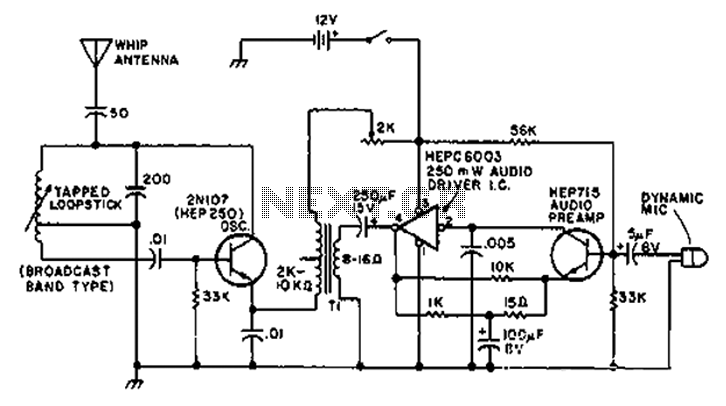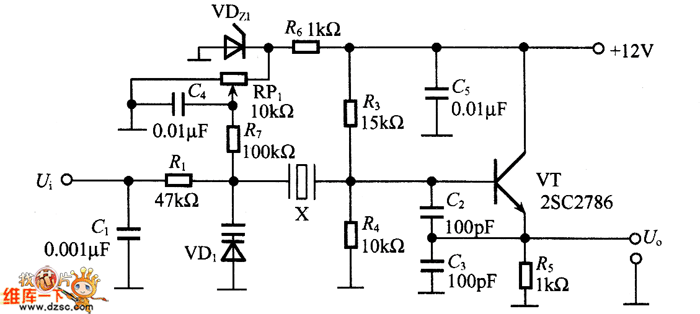
Design your Circuit IR Transmitter

Most consumer electronic devices utilize infrared remote controls for convenient operation. The carrier frequency of these remote controls typically ranges from 36 kHz to 38 kHz. Control codes are transmitted to the device's receiver in a serial format, which is modulated to the carrier frequency using the On/Off keying method.
Infrared (IR) remote controls are widely adopted in consumer electronics due to their ease of use and effectiveness in controlling devices from a distance. The operation of these remote controls is based on modulating control signals onto a carrier frequency, which allows for the transmission of data without the need for physical connections.
In a typical IR remote control system, a transmitter (the remote) generates infrared light pulses corresponding to specific control commands. These commands are encoded into binary data, which is then converted into a serial format. The modulation process involves turning the IR LED on and off in accordance with the binary data, effectively creating a series of pulses that represent the control codes.
The modulation is performed at a specific carrier frequency, commonly set at either 36 kHz or 38 kHz. This frequency is chosen to optimize the range and reliability of the signal while minimizing interference from ambient light sources. The receiver, typically a photodiode or phototransistor, detects the modulated infrared light and demodulates the signal to retrieve the original control codes.
Once the receiver processes the incoming signal, it decodes the control codes and translates them into commands that the device can execute, such as changing the volume, switching channels, or powering the device on or off. The effectiveness of this system relies on the precise timing of the on/off pulses and the ability of the receiver to accurately interpret the modulated signal.
In summary, infrared remote control systems are an integral part of modern consumer electronics, providing a simple yet effective means of remote operation through the use of modulated carrier frequencies and serial data transmission.Most of the consumer electronic devices use Infrared remote control for easy operation. The Carrier frequency of such remote control may be 36 kHz or 38 kHz. The Control codes are sent to the receiver of the device in Serial Format. This format is Modulated to the carrier frequency by the On / Off method 🔗 External reference
Infrared (IR) remote controls are widely adopted in consumer electronics due to their ease of use and effectiveness in controlling devices from a distance. The operation of these remote controls is based on modulating control signals onto a carrier frequency, which allows for the transmission of data without the need for physical connections.
In a typical IR remote control system, a transmitter (the remote) generates infrared light pulses corresponding to specific control commands. These commands are encoded into binary data, which is then converted into a serial format. The modulation process involves turning the IR LED on and off in accordance with the binary data, effectively creating a series of pulses that represent the control codes.
The modulation is performed at a specific carrier frequency, commonly set at either 36 kHz or 38 kHz. This frequency is chosen to optimize the range and reliability of the signal while minimizing interference from ambient light sources. The receiver, typically a photodiode or phototransistor, detects the modulated infrared light and demodulates the signal to retrieve the original control codes.
Once the receiver processes the incoming signal, it decodes the control codes and translates them into commands that the device can execute, such as changing the volume, switching channels, or powering the device on or off. The effectiveness of this system relies on the precise timing of the on/off pulses and the ability of the receiver to accurately interpret the modulated signal.
In summary, infrared remote control systems are an integral part of modern consumer electronics, providing a simple yet effective means of remote operation through the use of modulated carrier frequencies and serial data transmission.Most of the consumer electronic devices use Infrared remote control for easy operation. The Carrier frequency of such remote control may be 36 kHz or 38 kHz. The Control codes are sent to the receiver of the device in Serial Format. This format is Modulated to the carrier frequency by the On / Off method 🔗 External reference





